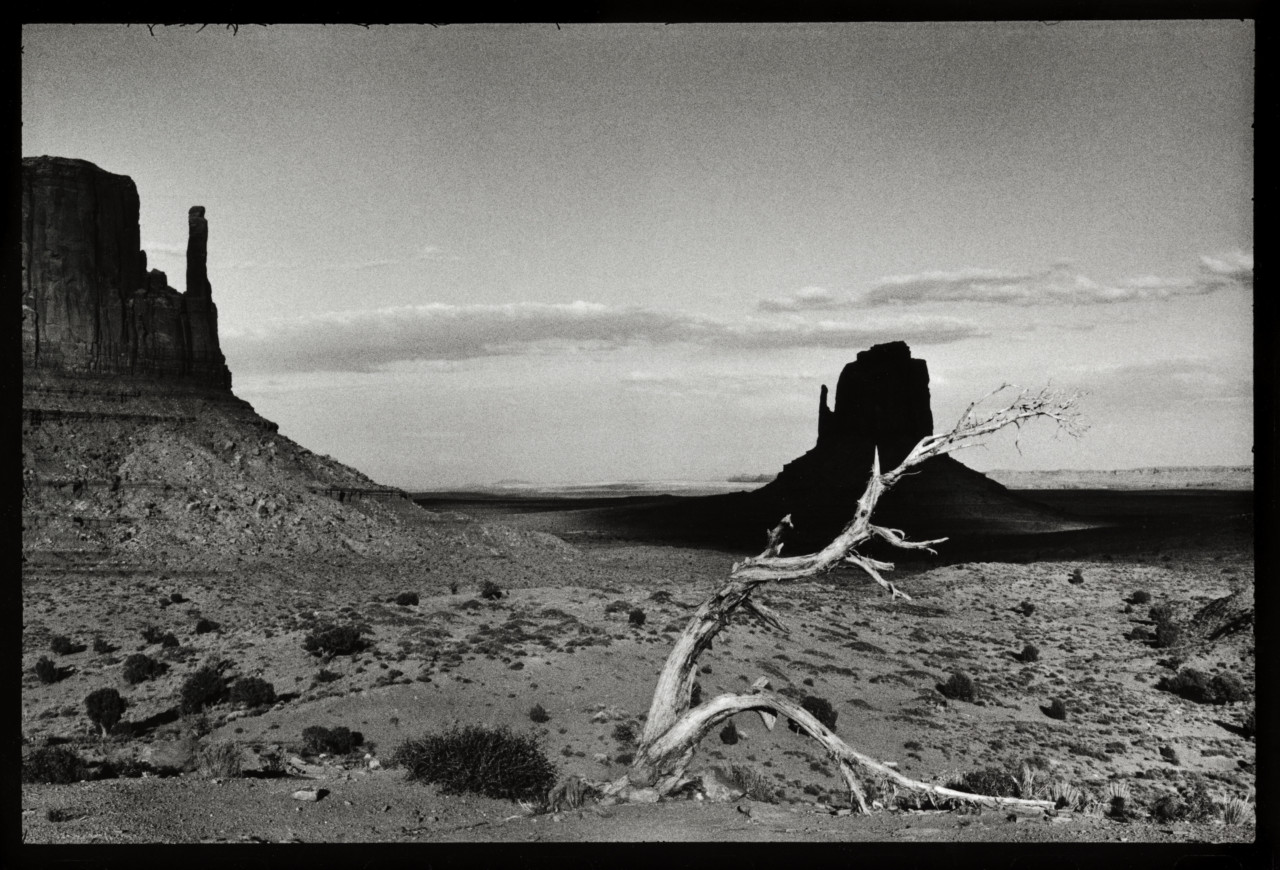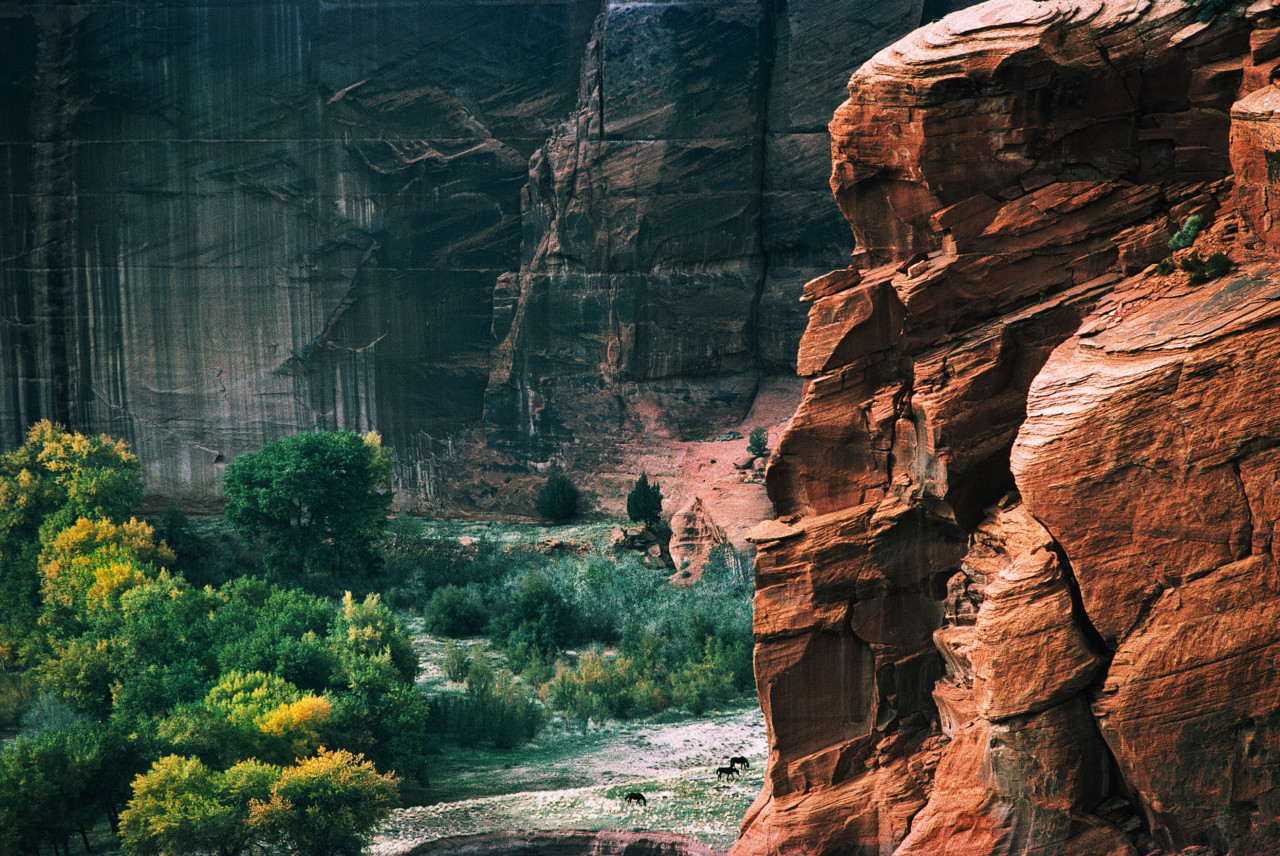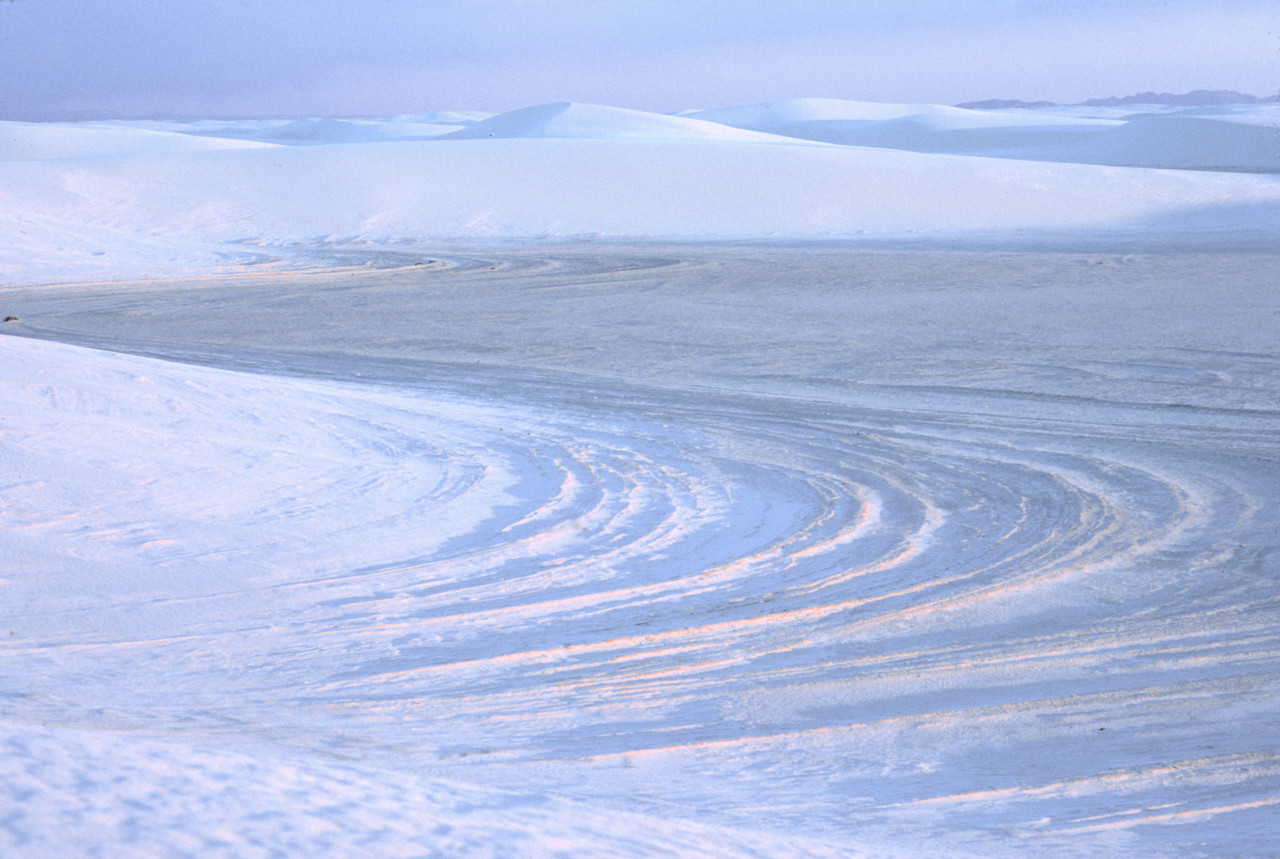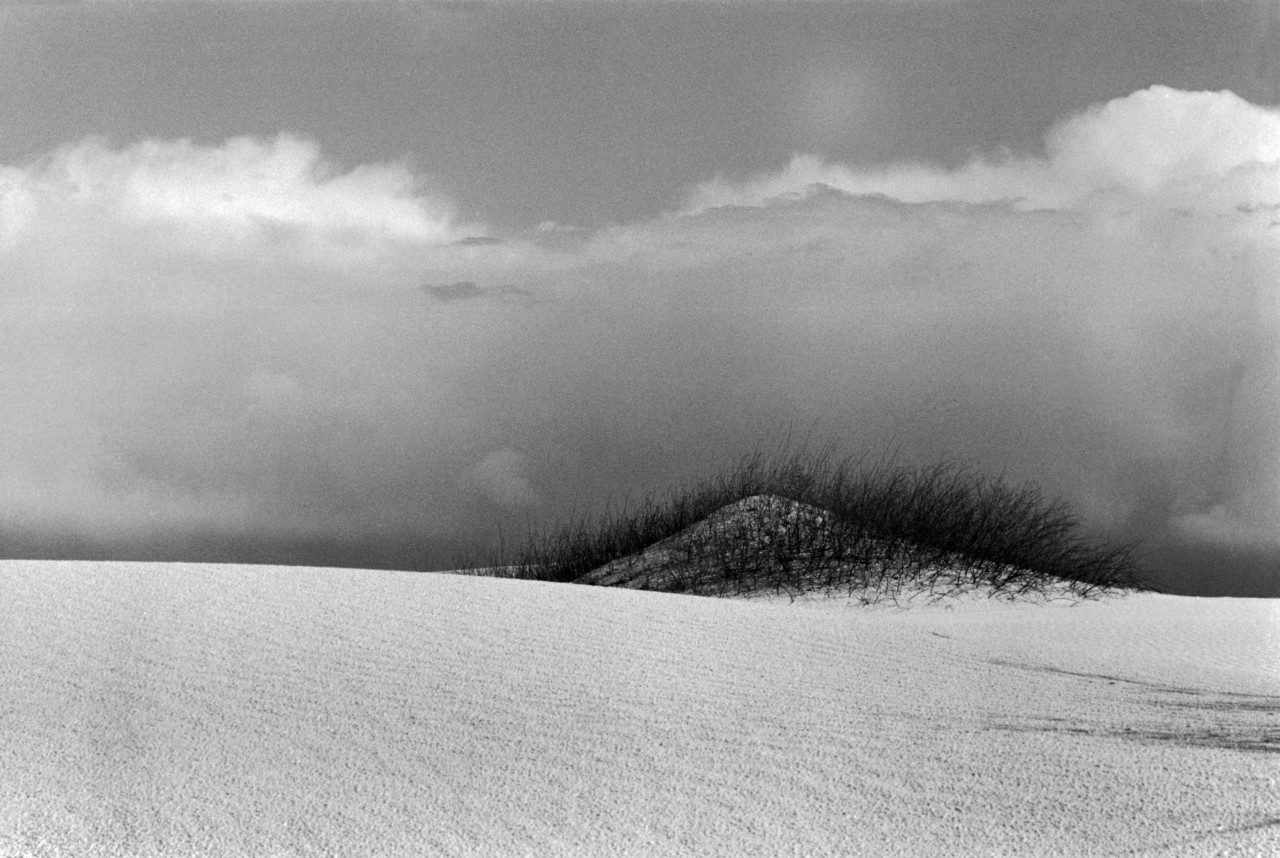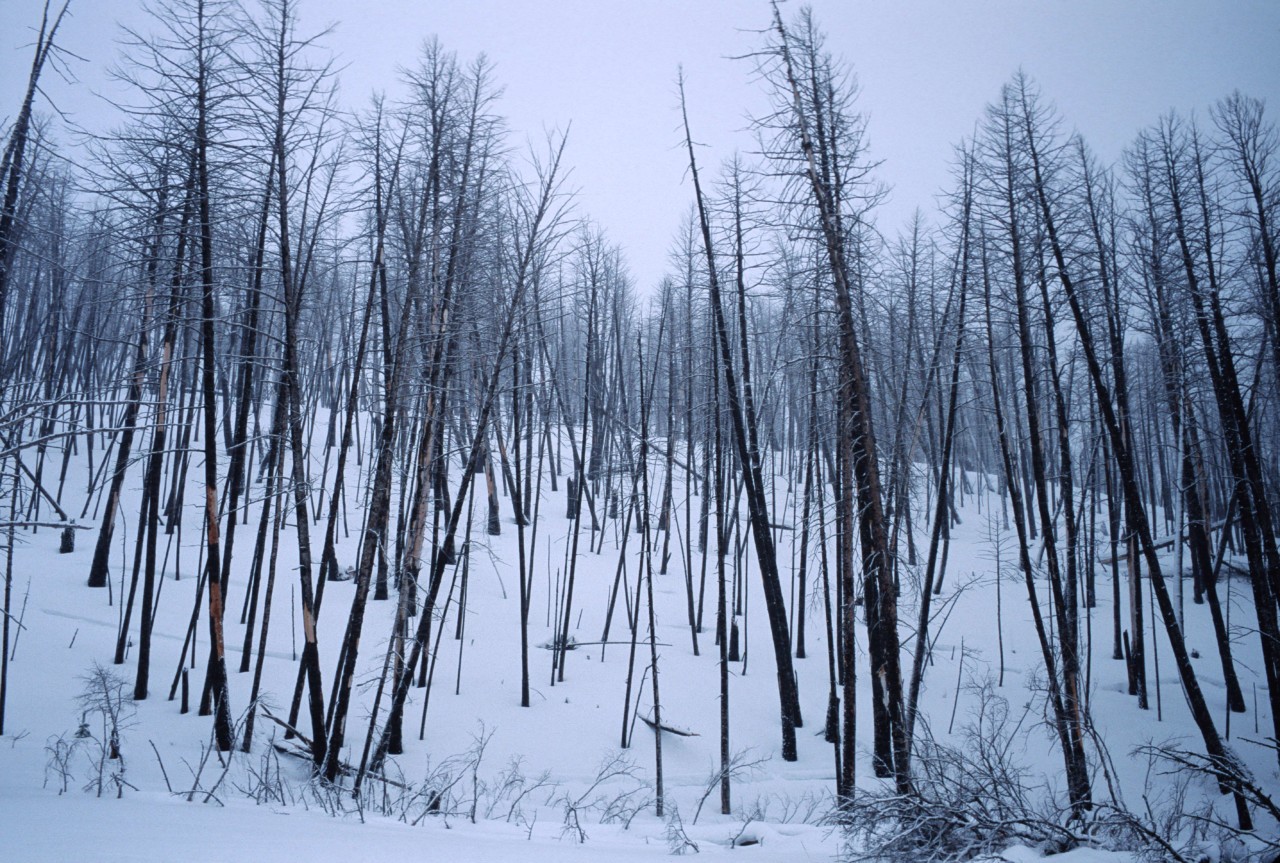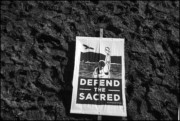American Vistas
Perspectives on America's National Parks and areas of exceptional natural beauty
Magnum Photographers
*Update: Scott Pruitt was made EPA administrator on February 17, 2017.
Over the decades Magnum photographers have captured the expansiveness of the American landscape, from national parks and the open roads that traverse Monument Valley Navajo Tribal Park’s sculptural rocks, to the vast emptiness of Arizona’s Petrified Forest.
The famous National Parks, in particular, are an integral part of the American landscape and its nature reserves. When President Woodrow Wilson signed a bill to create the National Park Service on August 25, 1916, he did so “to conserve the scenery and the natural and historic objects and wildlife therein, and to provide for the enjoyment of the same in such manner and by such means as will leave them unimpaired for the enjoyment of future generations.”
Yellowstone National Park was the first, and the current 59 designated national parks include the famous red sandstone arches of Utah, Badlands in South Dakota, the Big Bend in the Rio Grande river in Texas, and the iconic Death Valley in California.
In January 2017 the Twitter account of the official Badlands National Park, a subsidiary of the National Parks Service, began tweeting climate-change facts. This came as a response to a de-facto gag order issued by President Trump affecting the Environmental Protection Agency, which researches climate change and had just had its contracts and grants frozen by the Trump administration. The order prevented the organization from “providing updates on social media or to reporters”.
Trump is a vocal climate change sceptic, once calling it a hoax fabricated by China. Following Badlands’ tweeting of climate change facts, the National Park Service was reprimanded and banned from tweeting. However, the threat to America’s National Parks could be more immediate even than climate change. On Monday January 30, 2017, Arizona Republican Rep. Paul Gosar, argued that companies should be able to access those resources below ground and drill for oil in split-estate national parks, where the federal government owns and preserves the surface land, while a private party owns the underlying minerals.
On Feb. 3, 2017 Matt Gaetz, Republican representative of Florida, introduced a bill in the House that would terminate the EPA by the end of 2018. This comes after Trump announcing his pick for the new head of the EPA as Oklahoma Attorney General Scott Pruitt, an ally of the fossil fuel industry who has long been skeptical of climate change and has filed 14 lawsuits against the EPA.
Beyond the debates, these images of the natural monuments that have defined the American land for thousands of years serve as a reminder of the outstanding natural beauty that has inspired generations of artists and image-makers.










